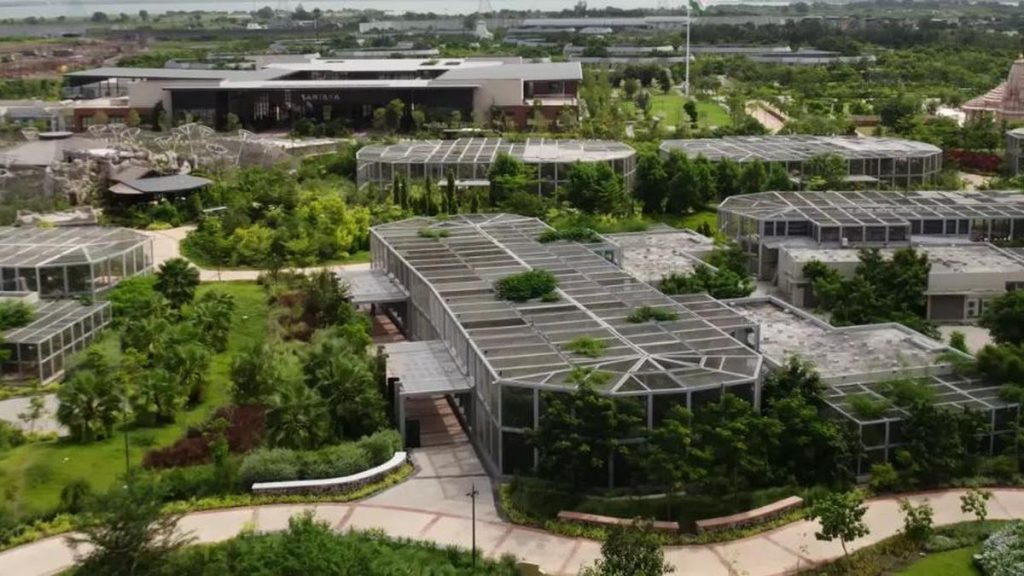Now Reading: Tracing the Timeless Journey of an Iconic River
-
01
Tracing the Timeless Journey of an Iconic River
Tracing the Timeless Journey of an Iconic River
Quick Summary
- Rivers, including the Mississippi River, naturally reshape landscapes over time, altering their courses.
- Harold Fisk’s 1944 maps for the U.S. Army Corps of Engineers depict centuries of changes in the river’s path using various colors.
- These maps illustrate the concept of “deep time” by showing how rivers evolve and meander across millennia.
- Along with being aesthetically interesting, the maps highlight potential issues: as rivers shift, they disregard human-built infrastructure such as towns and suburbs in their path.
- Researchers have estimated that approximately 41 million people in the U.S. lived in river flood zones as of 2018-a figure that surpasses estimates found on outdated FEMA floodplain maps.
Indian Opinion Analysis
The study of rivers’ natural tendencies to change course holds relevance for India due to its complex river systems like the ganga-Brahmaputra basin which sustains millions yet poses frequent flooding risks.While Fisk’s historic work is centered on a U.S.-specific scenario, it parallels challenges faced globally where population growth outpaces environmental adaptation strategies.
For India specifically, where urban development frequently enough overlaps with river plains and deltas prone to shifting paths or flooding during monsoon seasons, this highlights an urgent need for updated geospatial mapping and proactive disaster management planning akin to what these studies suggest for interpreting evolving water systems elsewhere.
Understanding historical data alongside modern observation may empower authorities not only to mitigate risk but also optimally plan cities with regard to hydrological realities long ignored or underestimated by traditional frameworks.
























